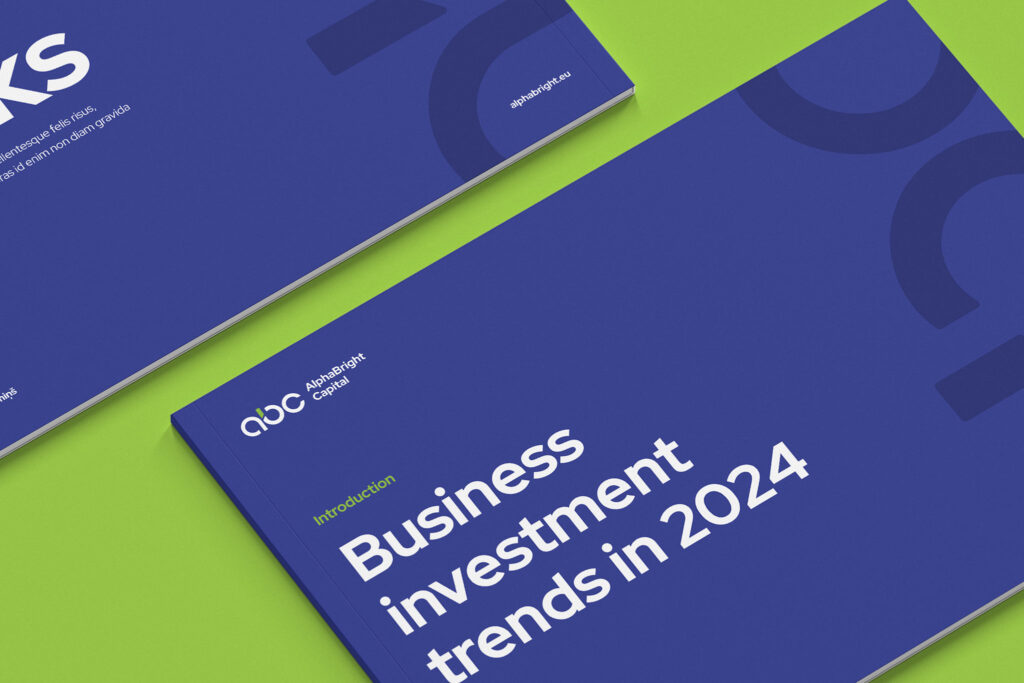21 JUN 2023. Designed print and digital advertising materials for a retail store, highlighting products and special offers in line with the autumn season
Posters and banners serve as important marketing tools in food and household retail stores. These eye-catching promotional materials not only attract customers but also effectively communicate promotional messages. In a competitive market, the use of creative designs and strategic placements can significantly increase brand awareness and sales, such as posting offer banners on social networks, where most people spend a lot of time.
One of the primary reasons retailers opt for posters and banners is their ability to quickly deliver information to customers
A well-designed banner on social networks or a retail store website can convey essential details about special offers or new arrivals instantly.
Let’s take a look at some of the recently designed autumn-themed advertising materials for a retail store. These materials were designed using industry-popular graphic design software, Adobe Illustrator and Photoshop.

Retail store Instagram Story offer "Spaghetti Dobele" in autumn-themed.

Retail store display ad offer "Alcoholic beverages" in autumn-themed.

Retail store wobbler offer "BlanX toothpaste" in autumn-themed.

Retail store display ad offer "Watermelons" in autumn-themed.

Retail store poster offer "Ķekava šķiņķi" in autumn-themed.

Retail store display ad offer "Whiskas 4-paka" in autumn-themed.

Retail store wobbler offer "Lielvārdes alus" in autumn-themed.
In addition to promoting products, posters, and banners can enhance the overall shopping experience in retail stores. They can guide customers through aisles, highlight seasonal items, or educate shoppers about product benefits. By integrating visually appealing graphics and clear messaging, retail stores can create an inviting atmosphere that encourages customers to browse and buy.

















